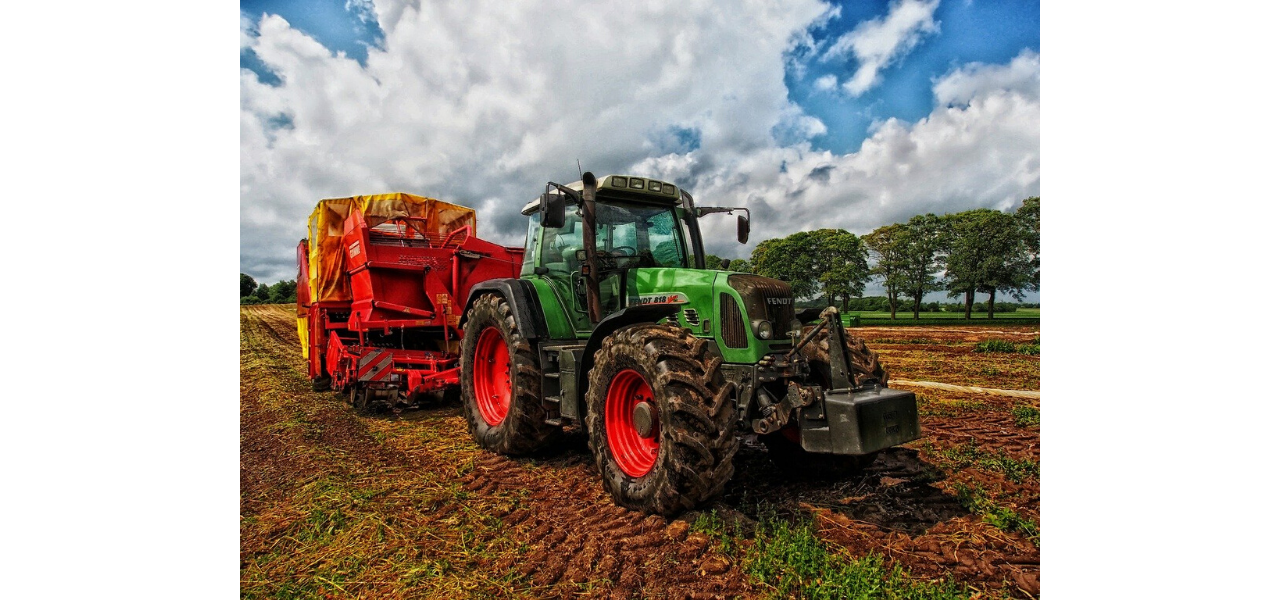Farming after Brexit

If you are a farmer or just interested in how our food is grown, you may be wondering what changes there will be to farming after Brexit. The EU subsidies will continue until 2020 and what will happen after that?
There is an opportunity to change from a focus on increasing food production, using chemical fertilisers and keeping animals in sheds, to a system that works for farming and the countryside, restoring the health of water, soils, the natural environment and of ourselves. Is cheap food really cheap if it results in putting an increasing burden on the NHS?
Will the opportunity be taken to phase out factory farming and the money used to support systems such as pasture farming that are more beneficial for the environment and for the animals? Currently it is said that a third of the global cereal harvest and nearly all the soya is fed to animals kept in sheds. If these animals ate mainly grass apparently four billion more people could be fed.
The Soil Association is pointing to the opportunity to improve the health of our soil which is fundamentally important for productivity, food security, climate change and public health.
It has been successful in proving the damage caused to the soil by maize crops. This has resulted in the Government reducing the subsidies for gas produced from maize. The action now is to press for these subsidies to be scrapped completely because extensive maize growing takes the place of food crops and reduces the quality of soil and water. The Association also has a “Not in our Bread” campaign, calling for a ban on the use of glyphosate weedkiller on wheatfields shortly before harvest.
Instead, the Soil Association asks will there be soil stewardship payments, regular monitoring and reporting by farmers, and nitrogen budgets? Will public money be paying for public benefits, such as clean water?
Will there be support for Agroforestry where trees that produce timber, wood fuel, nuts or fruits are grown along with food crops to reduce soil erosion, nitrogen leaching and the loss of biodiversity while increasing productivity and carbon sequestration? The claim that trees improve the value of the soil has been borne out by research which, among other things, shows that earthworm numbers underneath trees have been found to be four times higher than in soils not under trees.
The Soil Association is not alone. Other organisations such as CPRE and LEAF (Linking Environment and Farming) are asking similar questions. Will there be more farming where the benefits include more wildlife and biodiversity, healthier soils and carbon storage, flood protection, clean water, lower pesticide and antibiotic use, more jobs and healthier food? Already there is a market for locally produced food with the benefit that brings of shorter distances for food to travel. Will there be clearer labelling so people can choose which systems they are buying from?
The way our food is grown is important. There is an urgent need to fund policies that make farming financially stable and resilient. It is time to consider the merits of encouraging the right systems. These include a mix of smallholdings held in perpetuity, market gardening on the outskirts of towns and cities, stopping the sale of County Farms, supporting agro forestry, protecting the best and most versatile agricultural land and viewing all agricultural land as a part of economic activity rather than a constraint on development.



